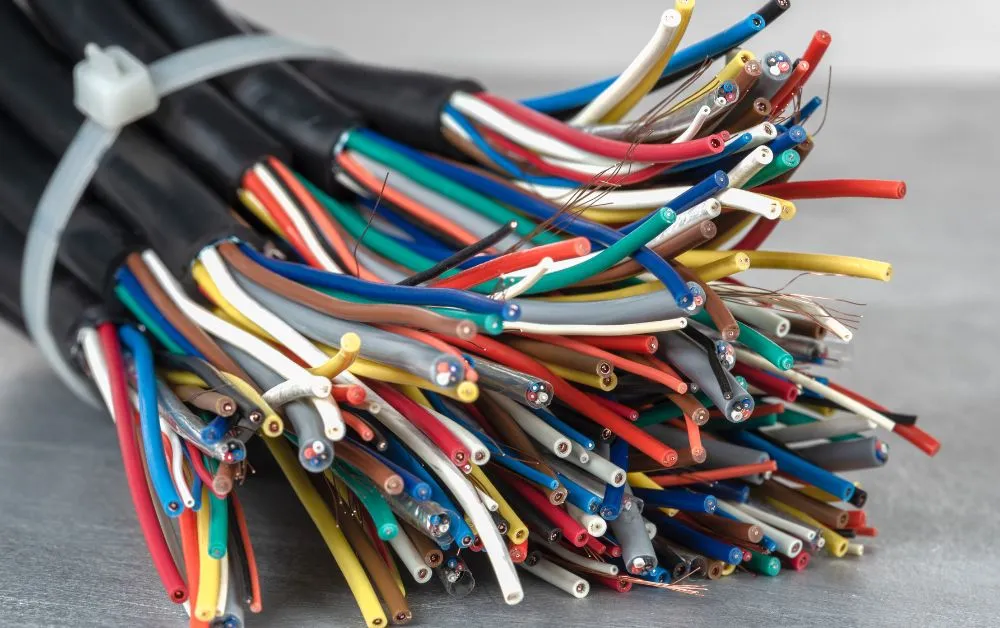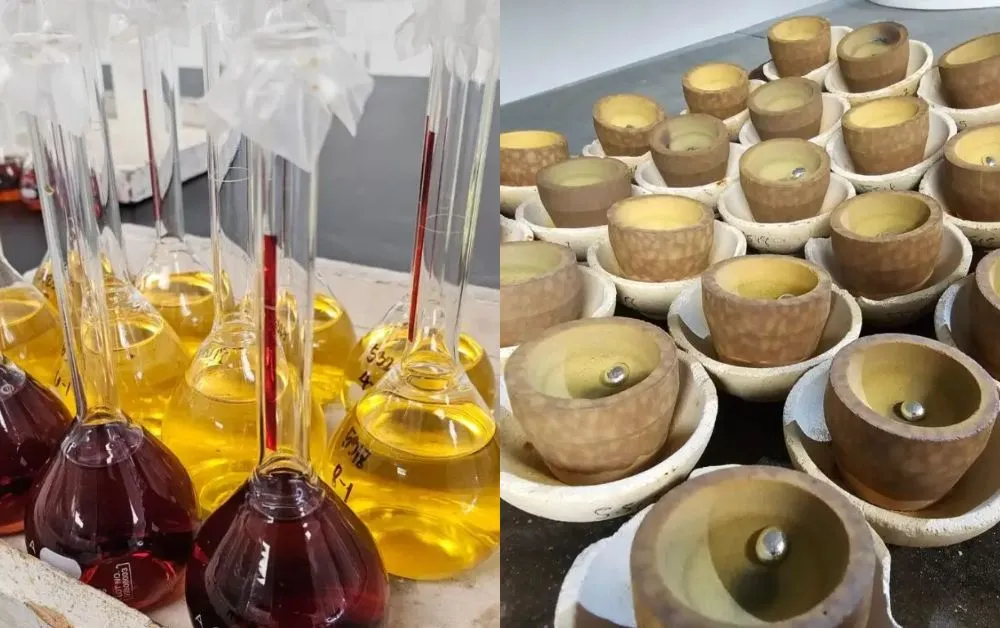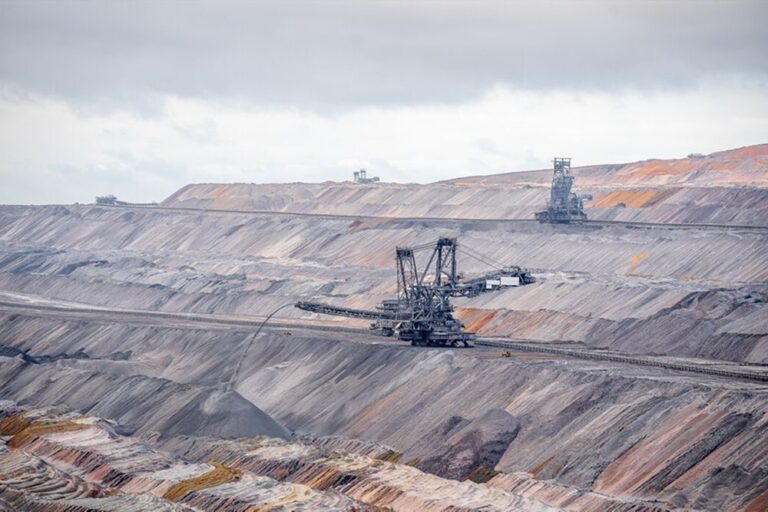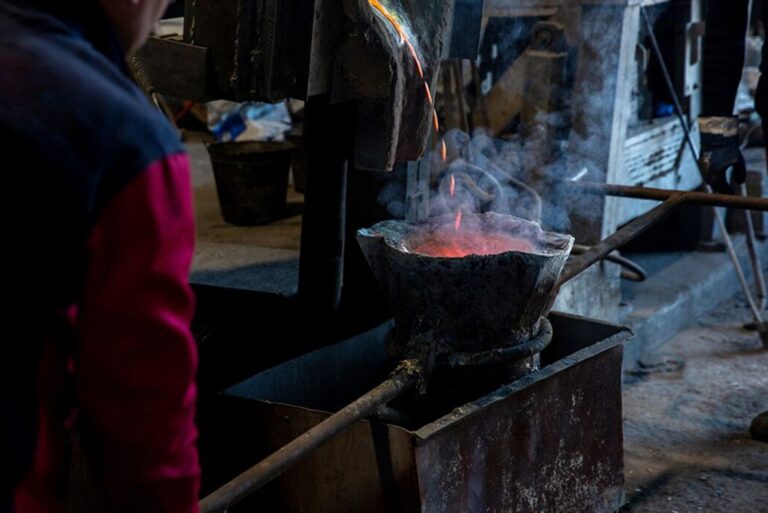Cable waste is a growing concern in today’s technologically driven world. With the rapid advancement of electronics, obsolete cables accumulate, leading to significant environmental and economic challenges. These cables often contain valuable materials like copper and aluminum, as well as hazardous substances such as lead and mercury, which pose environmental risks if improperly disposed of.
Proper recycling reduces landfill waste, conserves resources and minimizes ecological harm. This article explores the benefits, processes, and best practices in recycling of cables, guiding you toward sustainable solutions.
Why Recycling Cables Is Essential?
Recycling cables is not just an environmentally conscious decision—it is a crucial step toward sustainable living. Each year, millions of tons of cables are discarded, contributing to environmental degradation and resource depletion.
Fortunately, these cables contain valuable materials, such as copper and aluminum, which can be recovered through recycling. Therefore, to mitigate pollution and conserve natural resources and energy, we should recycle them properly. This activity can benefit the environment and economy significantly. Let’s examine three key benefits of recycling cables, including economic, environmental, and energy aspects:
Economic Benefits
Cable recycling provides significant economic advantages. Copper and aluminum, commonly found in cables, are valuable metals in high demand for manufacturing. Recycling these materials lowers the need for new resources, cutting production costs.
It also creates job opportunities in the recycling and waste management sectors, which can boost the economic growth of a nation. Especially, businesses can save a lot of budget on disposal costs to achieve a cost-effective solution.
Environmental Benefits
Improper disposal of cables can lead to serious soil and water contamination as harmful chemicals, such as lead and mercury, leach into the environment. The impact on the environment is long-lasting. Therefore, by recycling cables, we can prevent such contamination. The need for destructive mining operations will also be mitigated when recycling.
Natural resources are preserved and landfill waste will be less by reusing materials. This contributes to a cleaner, healthier planet.
Energy Conservation
Compared to extracting and mining raw materials, recycling cables are superior in saving energy. For instance, recycling copper uses 85% less energy than mining new copper. By embracing cable recycling, we conserve energy, reduce greenhouse gas emissions, and support a sustainable economy.
Which Types of Cables Can Be Recycled?
There are two main types of cables that can be recycled, both are valuable and easy to process:
- Copper cables: Copper has excellent conductivity and high resale value, therefore, they are highly prized in recycling. Copper is commonly used in electrical systems, and recycling reduces the need for new mining.
- Aluminum cables: Aluminum cables are less valuable than copper. However, they can still be recycled and used for construction and power transmission.
It’s important to understand the difference between cables vs wires. Cables are made up of multiple wires bundled together with insulation. A wire, on the other hand, is a single strand of metal. This distinction affects the recycling process. Cables often require extra steps to separate the metal from the insulation, making proper sorting essential for efficient recycling.

Recycling of Cables Process
Recycling cables is a careful process that recovers valuable metals like copper and aluminum. It also helps minimize environmental impact. Here’s a breakdown of the key steps:
1. Sorting and Categorization
Cables are sorted by material type—copper, aluminum, or mixed materials. Proper sorting ensures efficient processing and optimal material recovery.
2. Insulation Removal
Specialized machines or manual techniques strip away insulation (plastic or rubber) from the metal cores.
3. Shredding and Size Reduction
After insulation removal, cables are shredded into smaller pieces. This makes separating metals from other materials easier.
4. Separation of Metals and Non-Metallic Components
Techniques like magnetic separation and air classification are used to pull out metals like copper and aluminum. At the same time, non-metal materials like plastic and rubber are separated. Any leftover plastics, rubber, or dust are removed. This ensures the recovered metals are clean and then ready for industrial reuse.
5. Final Refinement and Material Preparation
The extracted metals are refined and prepared for resale or reuse. High-quality recovery ensures the materials can be used in new products.
Cable recycling minimizes waste, reduces the need for raw material extraction, and promotes a more sustainable resource management system.
Materials Recovered from Recycling of Cables
Recycling cables yield a variety of valuable materials, including:
- Metals: Primarily copper and aluminum, which are crucial for electrical and construction industries.
- Plastics: Recovered insulation materials can be processed for use in manufacturing new plastic products.
To ensure the integrity and value of these recovered materials, it is essential to work with a reliable metallurgical lab like Ledoux & Co. They specialize in Electronic Scrap Analysis to evaluate material composition and Copper Concentrates Testing to verify the quality of extracted copper. This ensures that all recycled materials comply with industry standards.

Non-Recyclable Materials
While many components of cables are recyclable, some materials are not. These include:
- Fiber optics
- Heavily contaminated or degraded cables
- Certain specialty coatings
For non-recyclable materials, energy recovery methods such as waste-to-energy incineration can be used to minimize landfill waste and generate electricity. This process converts waste into energy, lowering its environmental footprint. It also helps keep harmful substances out of landfills and oceans. For expert advice on handling such materials, contact Ledoux & Co.
Partner with Ledoux for Reliable Cable Recycling Solutions
Recycling of cables is a key step in reducing waste and supporting a sustainable future. Working with Ledoux & Co. ensures that your cables are recycled efficiently, following industry standards. Their expert services focus on maximizing the value of your recycled materials. They also prioritize environmental compliance throughout the process. With their reliable solutions, you can confidently manage your recycling needs. Ledoux & Co. helps reduce the environmental impact while conserving valuable resources. Ready to make a positive change? Get in touch with Ledoux & Co. today and start your journey toward responsible recycling.













